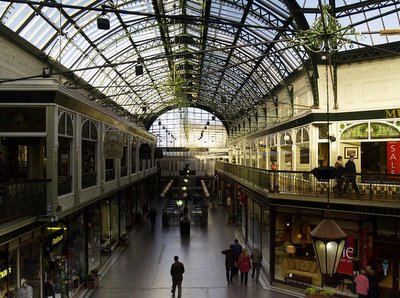
In "The Wind in the Willows" the author, Kenneth Grahame, has the Water Rat say, "Believe me, my young friend, there is nothing - absolutely nothing - half so much worth doing as simply messing about in boats." This is an opinion shared by a large number of people. And an equally large number of people think such folk must be mad!
Wherever you have travel around Britain, anywhere there is an inlet, river, lake or reservoir, you find boats. Every spruced up coastal town and city has to have a new marina, and amost as soon as they are built they are filled with boats. So clearly the pastime must have something to commend it in addition to seasickness, wind, spray, and cold!
That being said, many photographers, be they land lubbers or water babies, seem drawn to boats like moths to flames. Even if the thought of sailing down the river, or over the seven seas, is anathema to them, a photographer will invariably point his camera at boats - particularly yachts. Is it because if you want to photograph water you need a point of interest? Perhaps. Is it because yachts, in particular, have a distinct beauty derived from the consonance of form and function? Probably. Is it because they are surrounded by a quality of light and reflections that are hard to find elsewhere. Certainly.
This photograph of boats on Skippool Creek, near Poulton le Fylde in Lancashire is not the greatest photograph I've taken, yet it does have some qualities. When I looked through the viewfinder I managed to get a balanced yet asymmentrical composition with a line of interest leading from the nearest boat through to the distant houses and bridge. Maybe it needs a bit more of the right bank of the creek. However, I'm fairly pleased with the outcome. The more interesting question is why did I snap these boats in the first place? The answer is probably obvious - that sharp, clear, riverside light and the reflections drew me into it. Probably the contrast of horizontals and verticals did too. So, even though the idea of messing about on the water holds no charms for me, it seems I'm not immune from the photographer's fixation with boats. Perhaps we need a name for this condition. Any suggestions?
photograph & text (c) T. Boughen





























